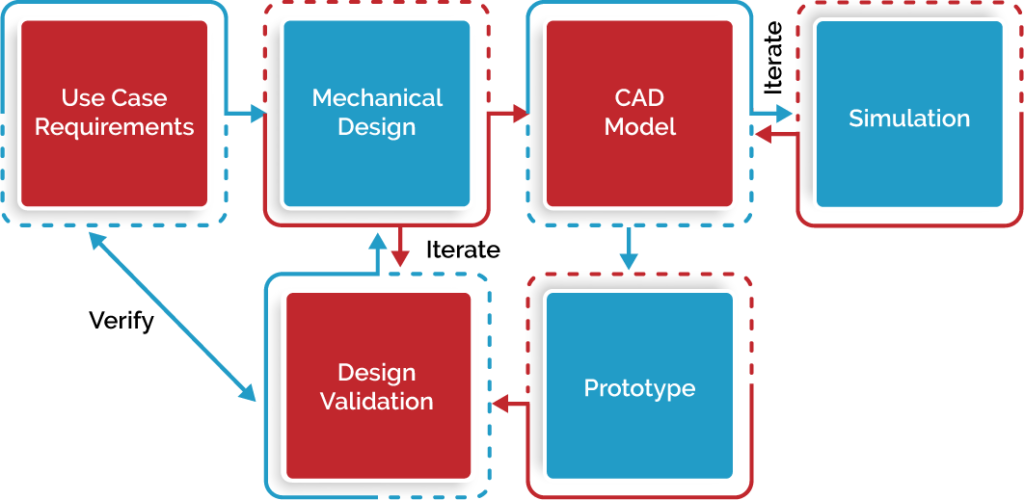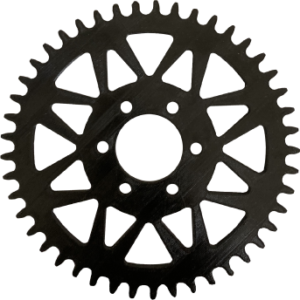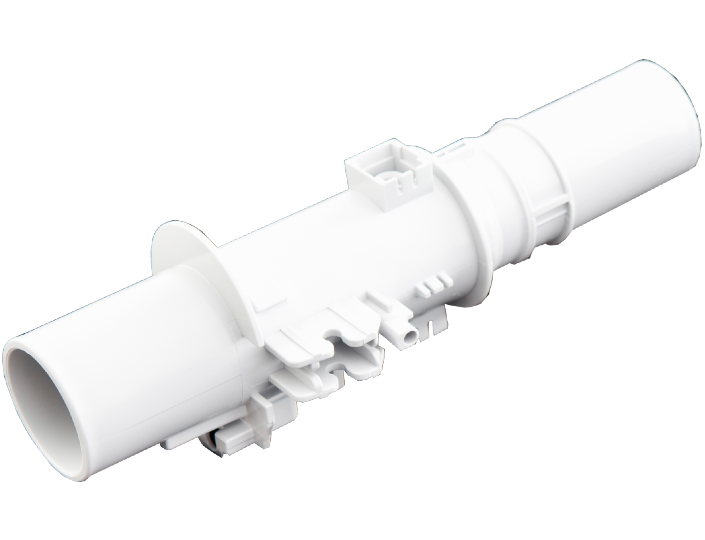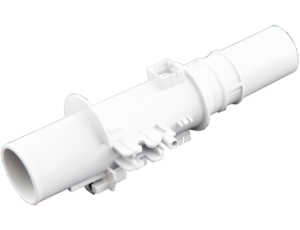Design Validation
PROCESS

DESIGN VALIDATION
could involve the following processes








A DESIGN PROCESS USUALLY BEGINS WITH

Use case
document
The use case document describes in engineering terms what a part needs. It describes the usage of the part. It also recommends the material, shape, weight, rigidity, temperature range and ESD characteristics. This document completely describes what a part should be. If the product is a component which is a part of an assembly, then fit requirements also come into play. The product should fit into a larger assembly in the way it should.

Engineering
Specifications
This document derives from the use case document. The specification document describes all the material and functional requirements of the product. It also specifies the manufacturing method.

DFM
or DFAM
Design for Manufacturing (DFM) is a constraint that designers have to live by. They take into account manufacturing limitations when designing a product. Design for additive manufacturing (DFAM) frees several of these constraints. The design can be lot more complex with DFAM. The designer will decide whether to use DFM or DFAM based on the manufacturing method.


Engineering
Design
The designer looks at the specifications and starts designing the product. A mechanical CAD tool helps in generating the design with appropriate inputs. The designer then generates a solid model that gives shape to the product under design.

Prototyping
Seeing is believing. The prototype stage involves making of an actual part as per the design. This is to confirm the effectiveness of the design. A physical part with the new design will help to mitigate design issues.
Product designs undergo several revisions. Each revision gets a prototype. Traditional methods need lot more production tooling which could be wasteful and expensive. If the prototype needs revision, then all the earlier tooling becomes redundant. Several iterations of the part help to solve these problems.
A prototype is a part that is made as per the design specifications. The material should be the same as per specification. The functional properties should be valid. The assembly and fit requirements should comply. The traditional method for making a prototype is to machine the part out of a block of material. This involves lot of material wastage. Making a prototype using additive manufacturing is less expensive and quicker.
With additive manufacturing, you don’t have to machine the part of a block of material. The 3D printer can print the part exactly as per the CAD solid model. 3D printing thus helps to bring out prototypes at a much faster pace, at quite a lower cost. This way it is now possible to make several iterations for the prototype. Each iteration improves the prototype. The design gets validated faster.
At Stratnel, we work with several R&D and design teams to make prototypes. Our service is backed by our enormous engineering experience. We check feasibility for printing. We also suggest minor alterations if necessary, to improve the part. And we can deliver the prototype in a day.
Speeding up your prototyping helps you to get to market faster. You can now complete your projects within schedule. You can meet design goals. You can also improve performance and functionality of your design.
Talk to Stratnel about your prototyping needs.


